Everyone has their own unique style, which is why uniforms are essential when working in groups. This makes it easy to spot healthcare workers, school-age children, or law-enforcement agents whenever needed. Similarly, uniforms for construction and maintenance workers often include bright-colored vests. Additionally, for extra safety, this type of workwear also includes reflective fabrics in its composition.
What are reflective fabrics?
A reflective fabric material is a textile capable of returning light shone into it without scattering the rays. This makes the material essentially fluorescent, meaning it will glow when light hits it. The whole process is made possible by a phenomenon known as retroreflectivity. It basically describes how a ray of light can travel, hit a surface, and be reflected back to the same spot where it came from. This is the same principle behind why road signs seem to shine when hit with light. Normal materials simply scatter the light, meaning the rays are dispersed in many directions.
To create retroreflectivity, the reflective fabric tape is embedded with tiny glass beads. These beads are round, which allows them to bend the incoming light inside themselves. When light hits these beads, it changes direction as it enters the material at an angle. Then, as the light exits the bead, it bends again, redirecting it back in the direction it came from. This double bending of light by the beads is what makes the fabric retroreflective.
Applications for reflective fabrics
Light reflective fabrics are employed whenever working in hazardous conditions with poor illumination. Highway maintenance operators, for example, often work at night. To avoid any accidents with oncoming cars, they want to make themselves as visible as possible. In this context, reflective coats are always worn. Even under daylight, reflective materials can also play a role in ensuring comfortable and safe working conditions. This is because the coats can be optimized to reflect different frequencies of light, such as infrared. Heat reflective fabrics, for example, are essential for firefighters and workers who operate near fire hazards.
What does EN ISO 20471 mean for reflective fabrics?
The EN ISO 20471 is an international standard for reflective workwear issued by the International Organization for Standardization (ISO). It specifies the requirements for the so-called high-visibility fabrics and clothing. For example, it states that the gear should be visible in 360°, meaning anyone, from any side, has to be able to spot a worker as long as they are within the observer's eyesight. For this reason, it's commonplace for reflective clothing to display an EN ISO 20471 certification to ensure it complies with international standards.









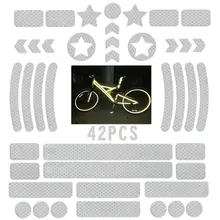


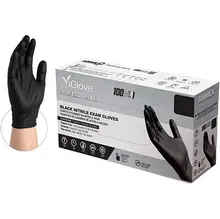
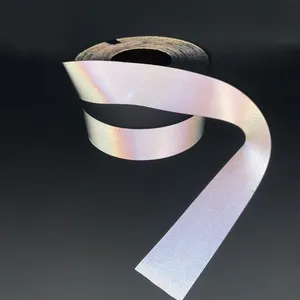





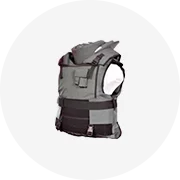
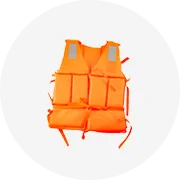
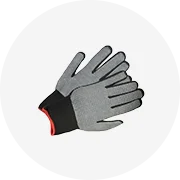
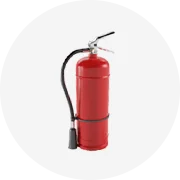
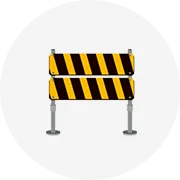








 浙公网安备 33010002000092号
浙公网安备 33010002000092号 浙B2-20120091-4
浙B2-20120091-4